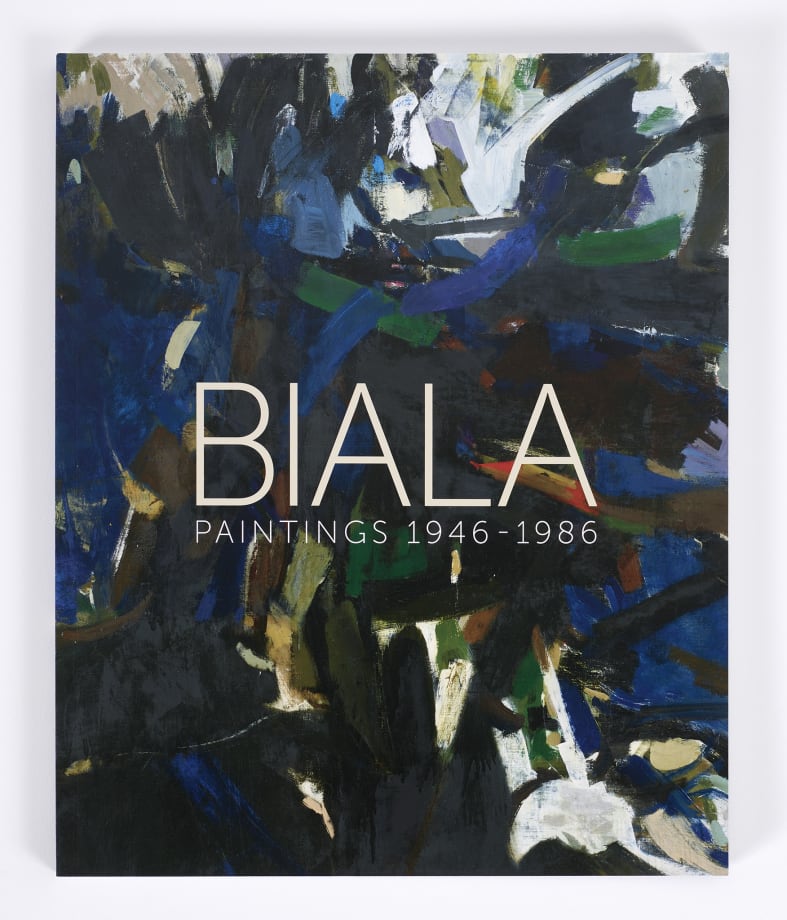Janice Biala: Biala (Paintings 1946 – 1986)
Price
$45.00
Excerpt from Biala: A Transatlantic Brilliance
By Jason Andrew
"Painting is like a mistress whom one must go through fire and water to meet."
– Janice Biala
When Biala climbed aboard French Line’s SS de Grasse headed for France in September 1947, she had all the hope and determination of an exile returning home.
Having spent the previous decade of the 1930s as the last companion to the English novelist, Ford Madox Ford, Biala was the perfect representative of American bohemia in France. A feisty and articulate New Yorker, she was described as Ford’s “first thoroughly bohemian partner caring little for money, social status, and domestic comforts.” Ford described Biala to Ezra Pound as “rather modern.” She was his kindred spirit, “sharing his complete devotion to the arts.” Through Ford, Biala met Brancusi, Matisse, Picasso, Gertude Stein, as well as many intellectuals forging a new Modernism. Together they practiced their art and lived by it “in the teeth of every disaster.” A commitment Biala would retain for a lifetime.
For Biala, Ford’s death in Deauville, France, in June 1939, must have felt like a devastating blow among the monstrous events leading to the outbreak of World War II. Despite believing she’d be leaving the place where “all her history that counted took place,” Biala made the difficult decision to return to New York. But not before her heroic rescue of Ford’s manuscripts and library from the South of France and her own daring escape in November 1939 aboard one of the last boats from Bordeaux just as war consumed all of Europe....
Essay by Jason Andrew
Introduction by Mary Gabriel
Designed by Mark Robinson
Photography by Roz Akin
Published by Berry Campbell
Printed by GHP Media, Connecticut

